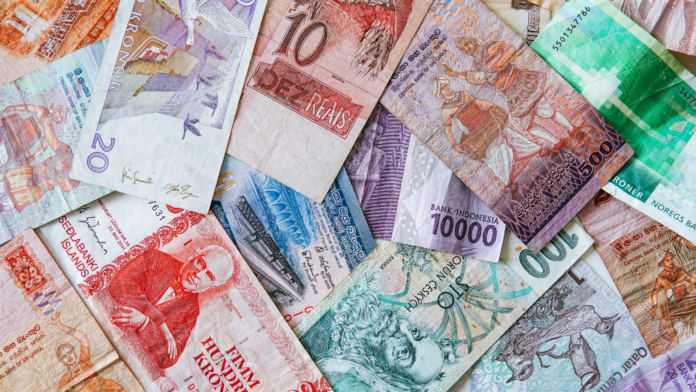The U.S. dollar weakened on Wednesday, adding to last session’s losses, while the euro rose despite signs of economic weakness in the eurozone.
Dollar Continues to Fall
The U.S. dollar has struggled after the Federal Reserve began its rate-cutting cycle with a sizable 50 basis point reduction earlier this month. Data released Tuesday indicated that U.S. consumer confidence unexpectedly fell in September, raising concerns about further growth in the world’s largest economy, especially as the labor market shows signs of contraction.
“In a surprise move yesterday, U.S. consumer confidence was much weaker than expected,” said analysts at ING in a note. “The market is very sensitive to this issue, as the U.S. consumer has been so resilient for so long.”
Currently, markets estimate the probability of a 50 basis point rate cut at the Fed’s next policy meeting in November at 59.5%, up from 37% a week ago, according to CME’s FedWatch tool.
Euro Looks Set to Touch 13-Month Highs
In Europe, EUR/USD rose 0.1% to 1.1188, nearing 13-month highs reached the previous month. The euro benefited from dollar weakness despite data pointing to economic weakness in the eurozone.
“There is very little on the European calendar today, so EUR/USD is likely to remain range-bound. But the fact that EUR/USD is holding above 1.1100 is encouraging for modest EUR/USD bulls like us,” added ING.
Yuan Nears Record Highs
USD/CNY was down 0.1% to 7.0238, approaching its lowest level since May 2023, after Beijing reported a series of stimulus measures on Tuesday, including a cut in banks’ reserve requirements and lower mortgage rates.
USD/JPY rose to 143.81, while AUD/USD fell 0.2% to 0.6878, barely below a 19-month high after last session’s sharp rise. Consumer price index data released on Wednesday revealed that inflation fell in August to a three-year low, although the decline in core inflation was less marked.
The Reserve Bank of Australia held interest rates steady on Tuesday and noted that while it expected inflation to fall in the near term, it estimated that price pressures would steadily reach its target range in 2026.



